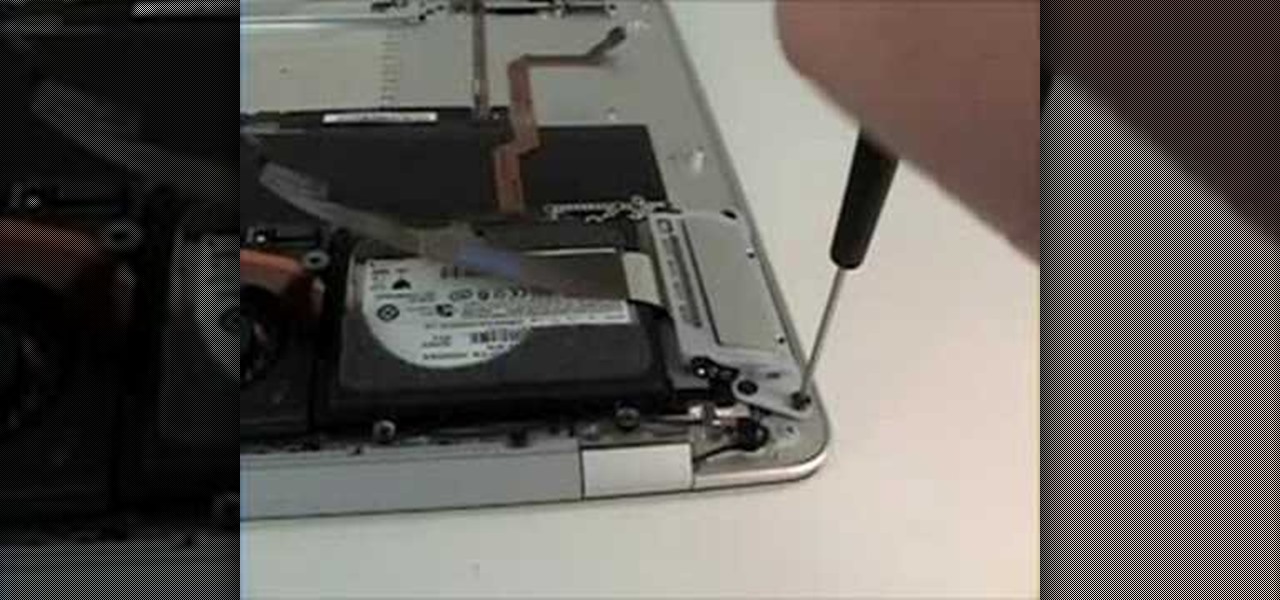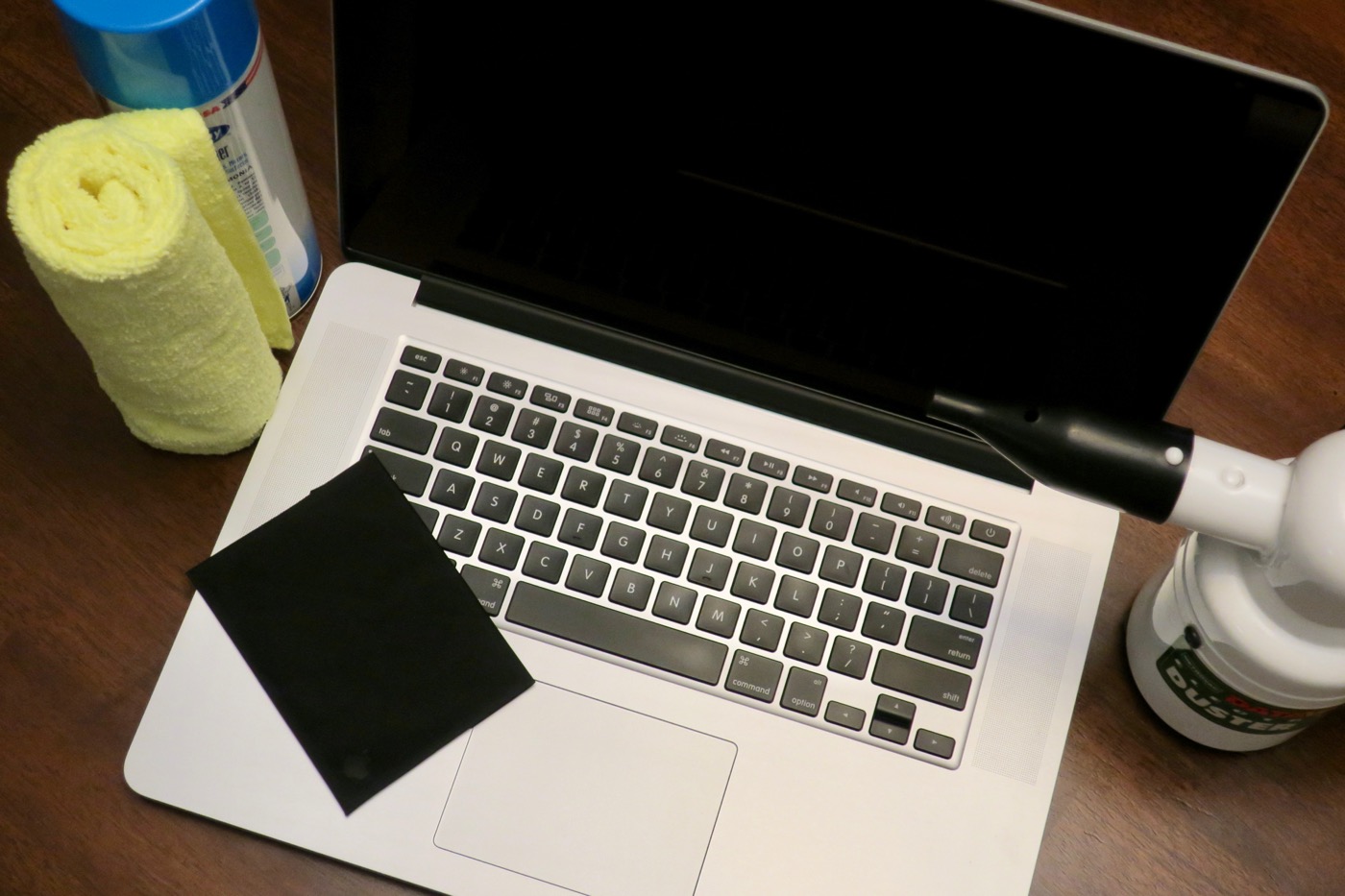

Delete files in your Downloads folder. Open this folder from the Dock, or by choosing Go > Downloads from the menu bar in the Finder.Delete music, movies, podcasts, or other media, especially if it's media that you can stream or download again as needed.


You can also delete files that you no longer need. This process could be awhile, depending on how much data you had backed up, so make sure that you have your laptop plugged into power somewhere that you can leave it for several hours at least.If you have another storage device, such as an external drive connected to your Mac, you can move files to that device. Media files such as photos and videos can use a lot of storage space, so you can take steps such as these: Select your drive from the startup options, and follow the instructions. Select Reinstall from Time Machine Backup. Once you get back to the Recovery mode window, insert your backup drive. (That's a note for all of you stumbling upon this blog in the future, when the OS X is 10.17 Purple Octopus.) Because the internet lives forever.) Basically, unless your computer is brand new, you are going to have to install from Internet Recovery, and continue to upgrade until the OS X is again current. The computer I was working with had been purchased with Maverick installed, so I had to install that first, then upgrade to High Sierra (what is this, 2018? Why yes, yes it is.

Step 12.5: Install operating systemĭepending on when you purchased your MacBook Air, you may have to install the original OS X from Internet Recovery and all subsequent OS X updates until you get to the system your computer was running before you started this whole mission. Only trouble can be caused from here past this point. Let Disk Utility do its job, and then get the heck out.


 0 kommentar(er)
0 kommentar(er)
